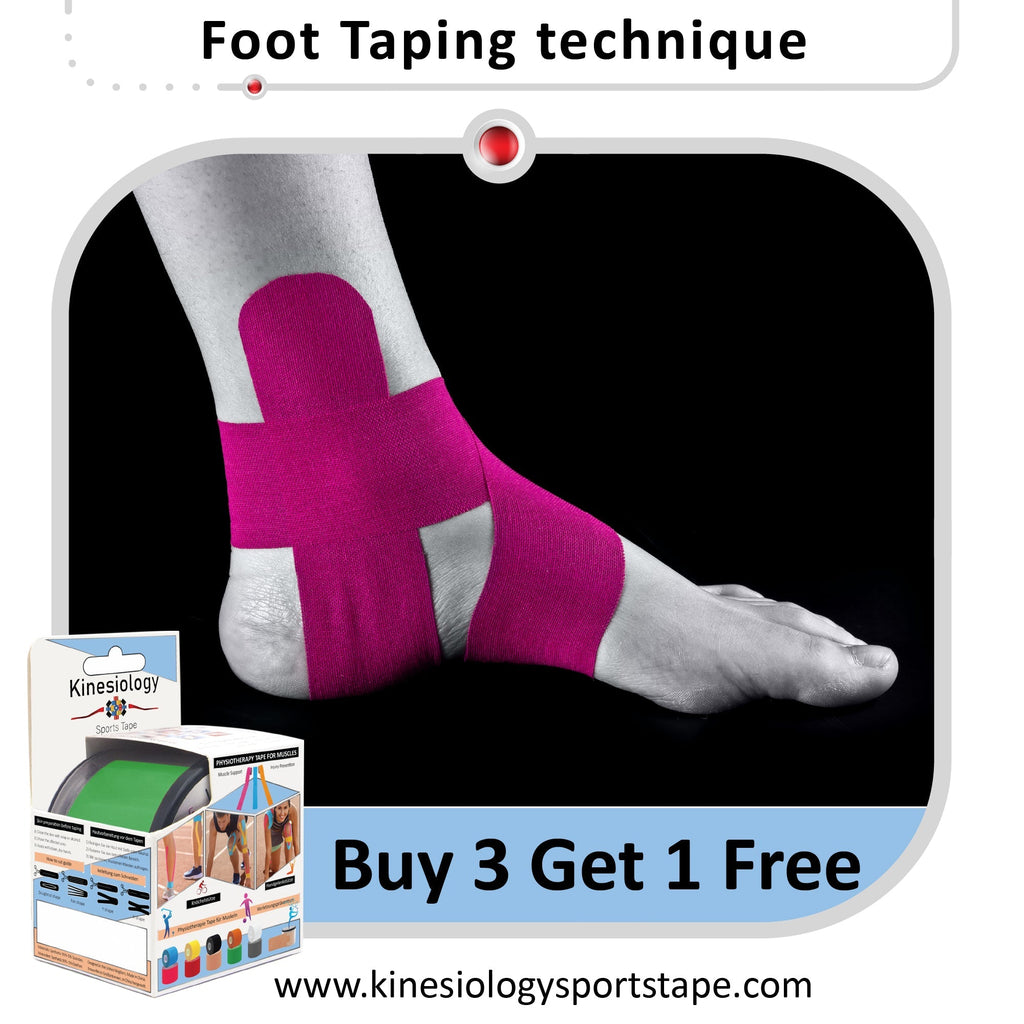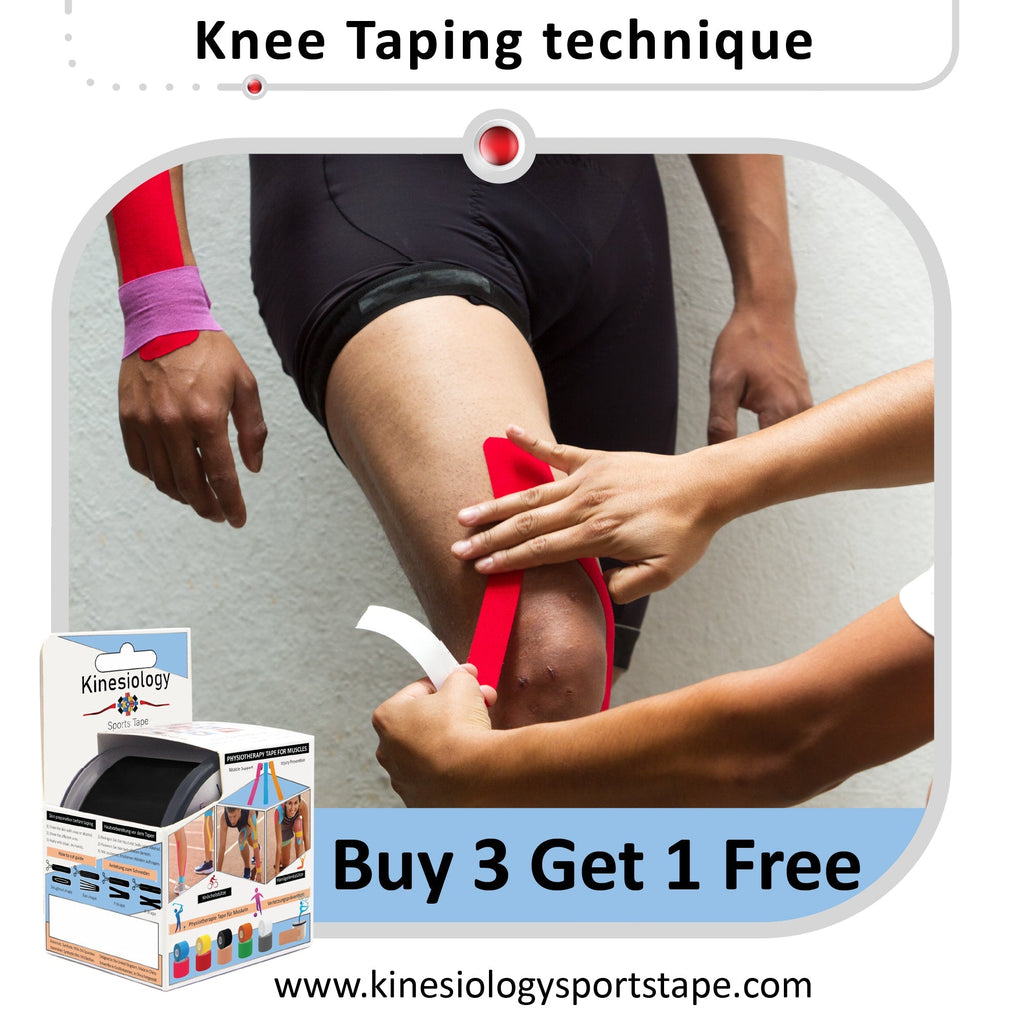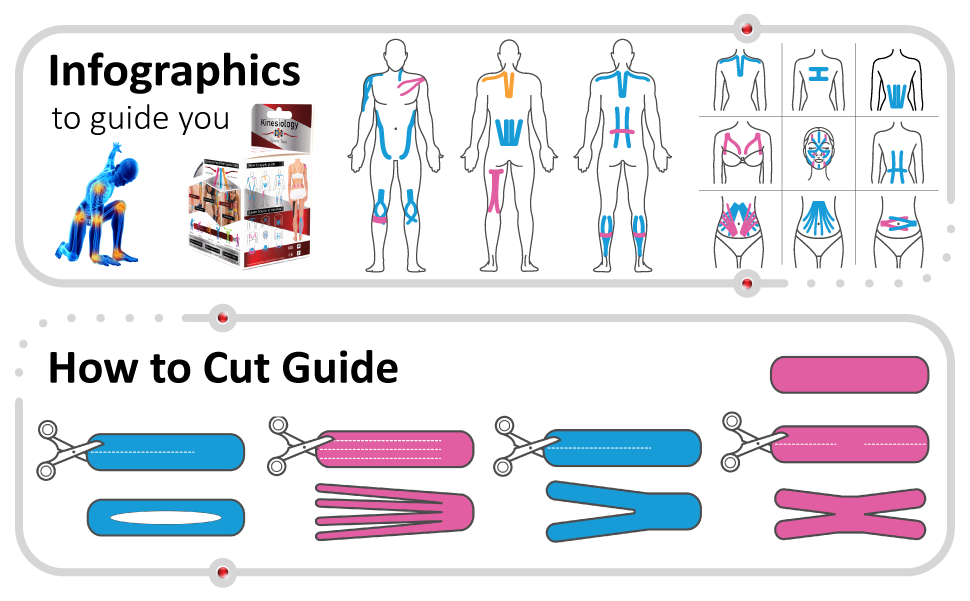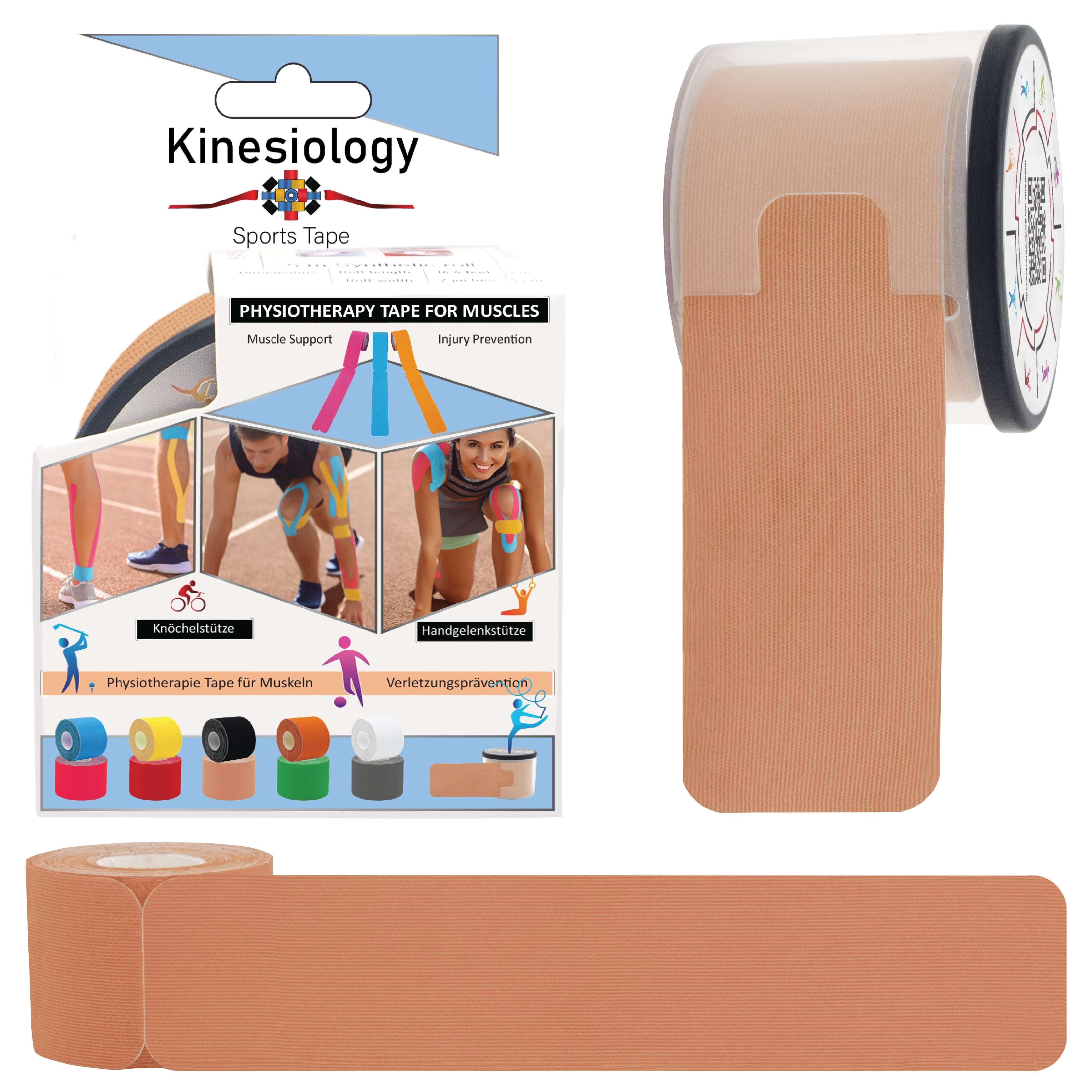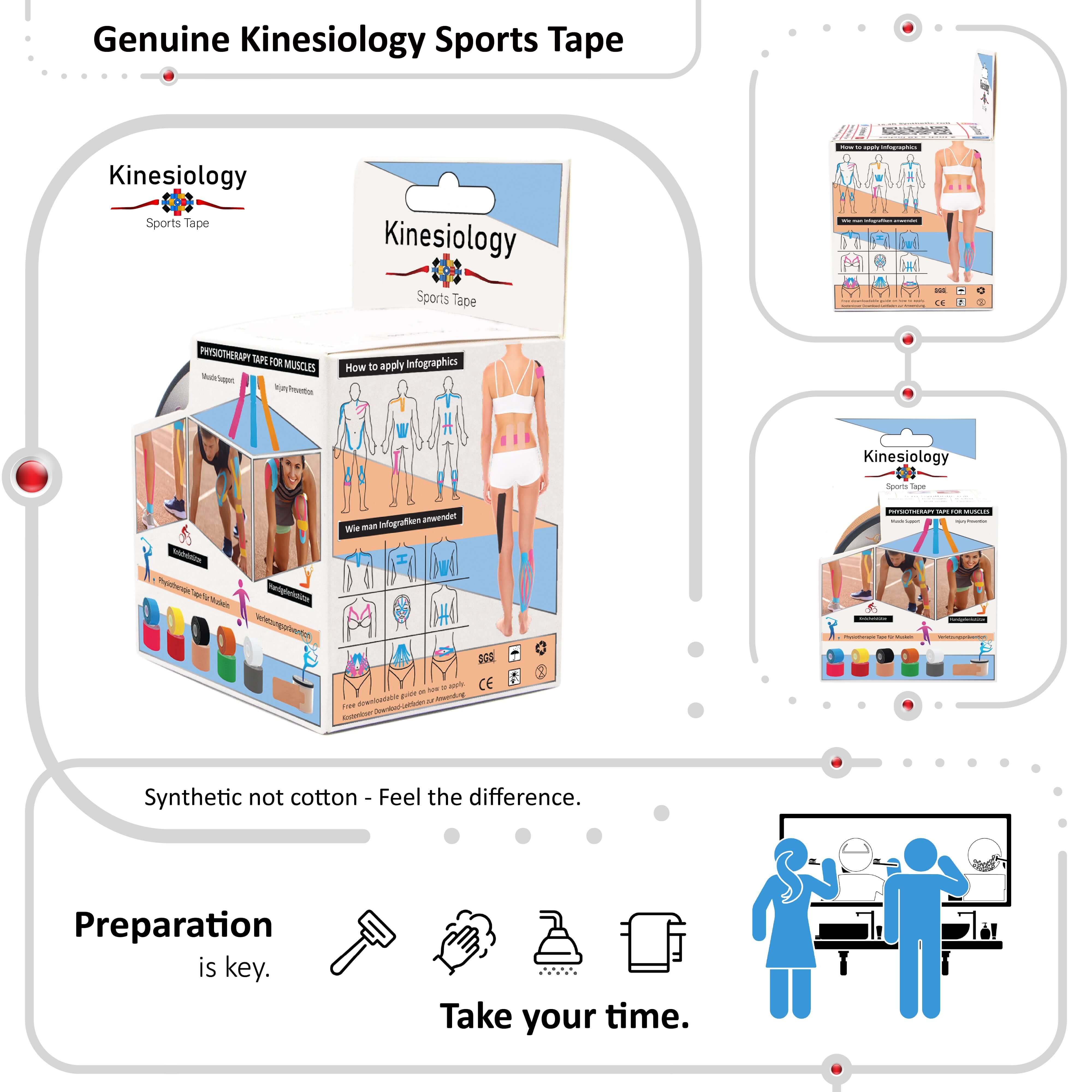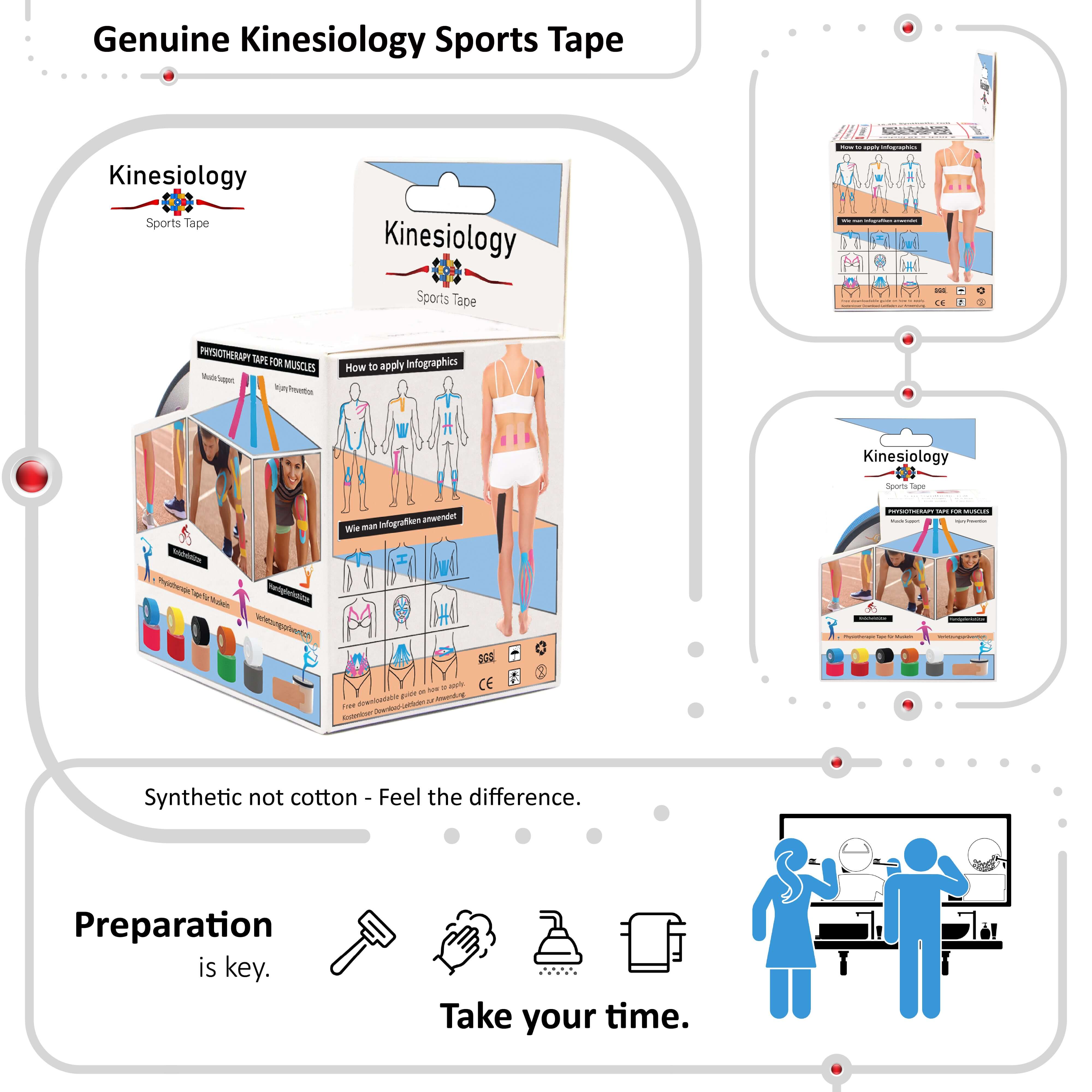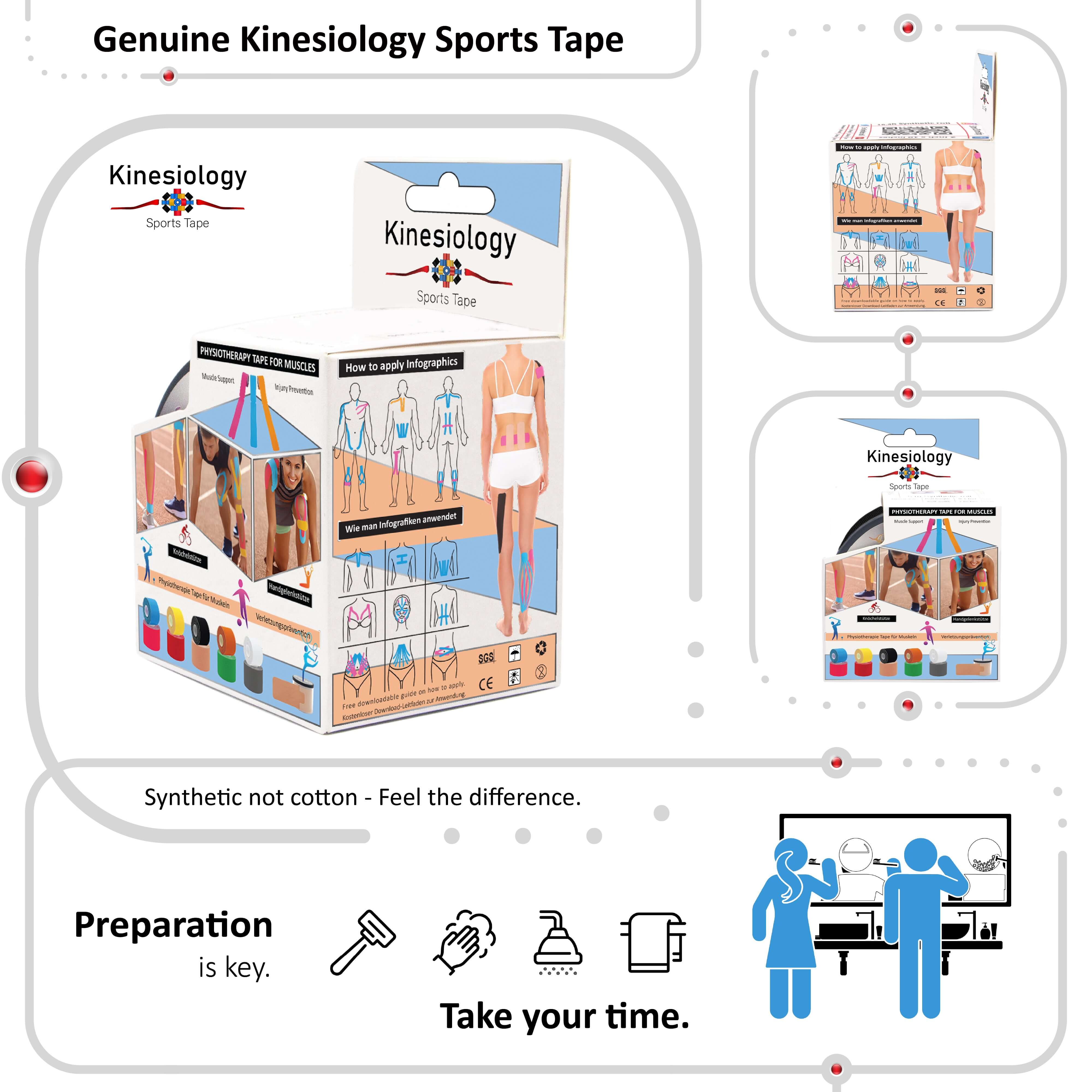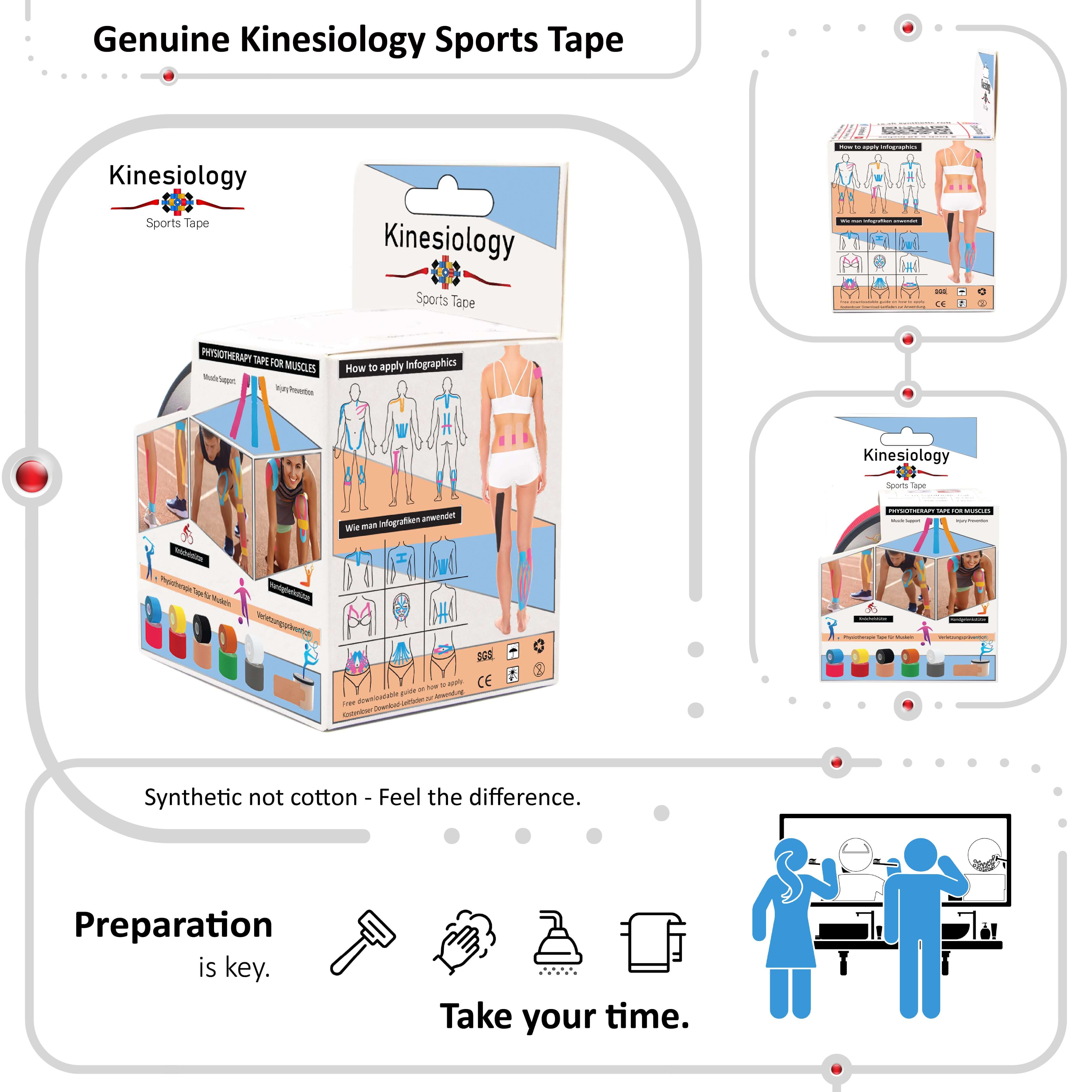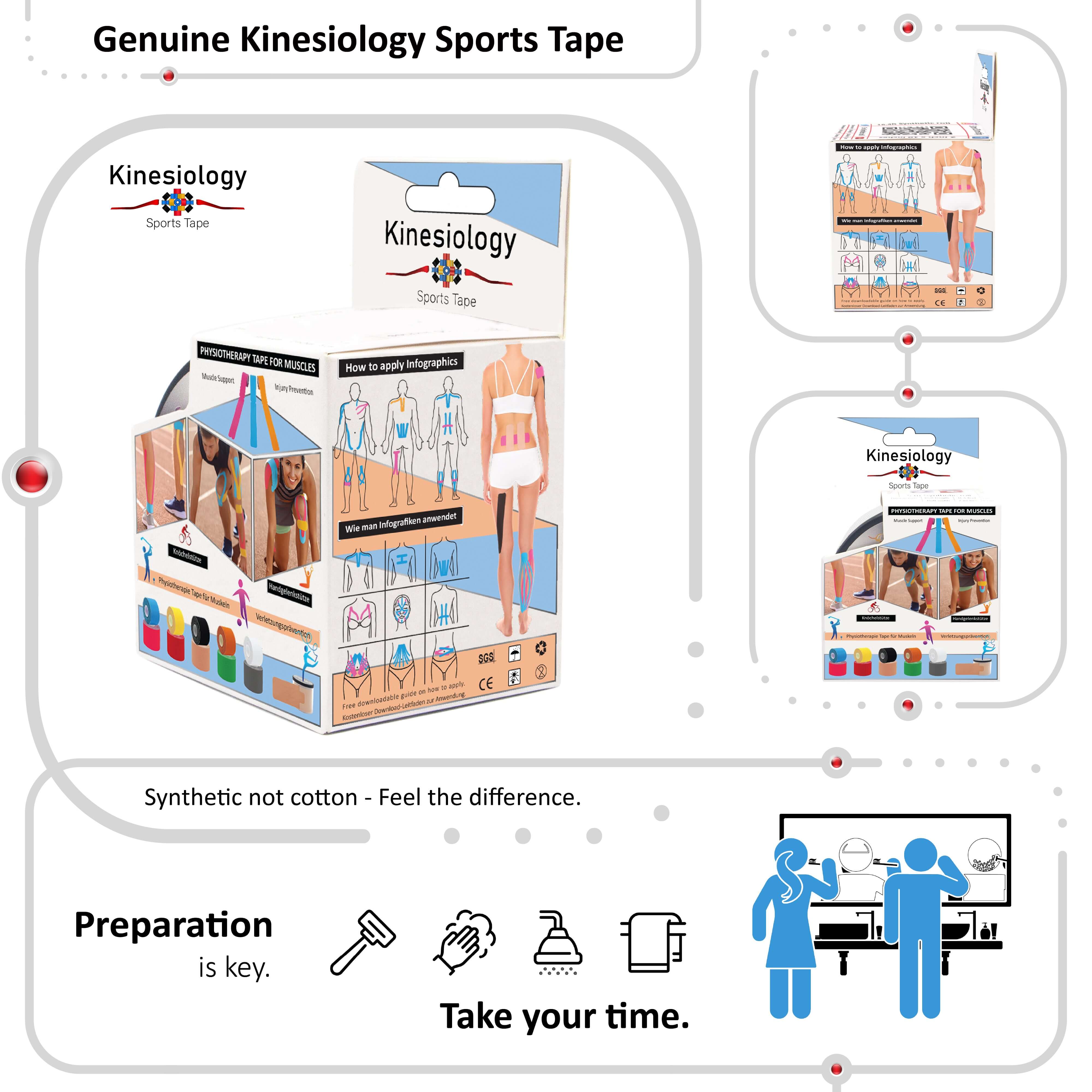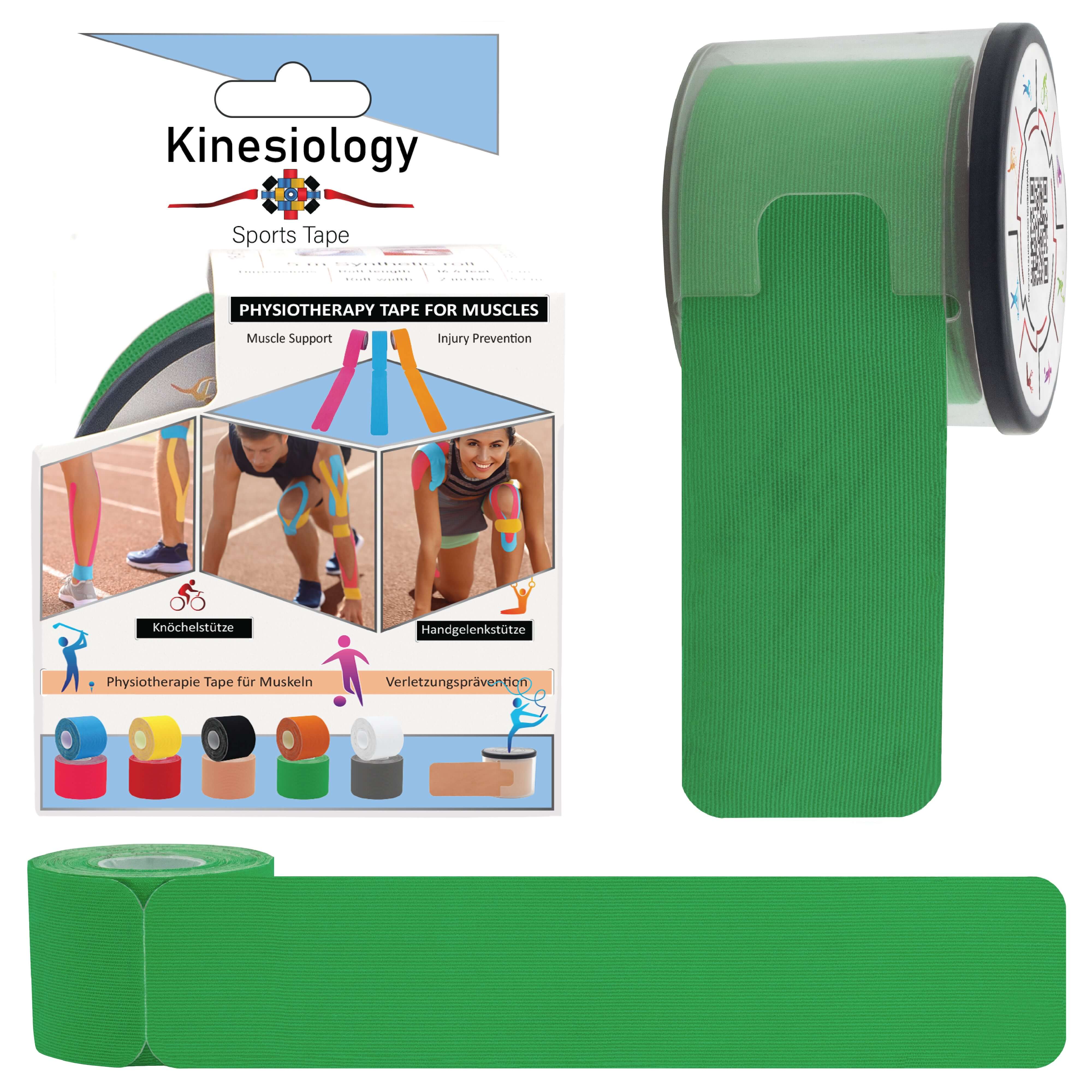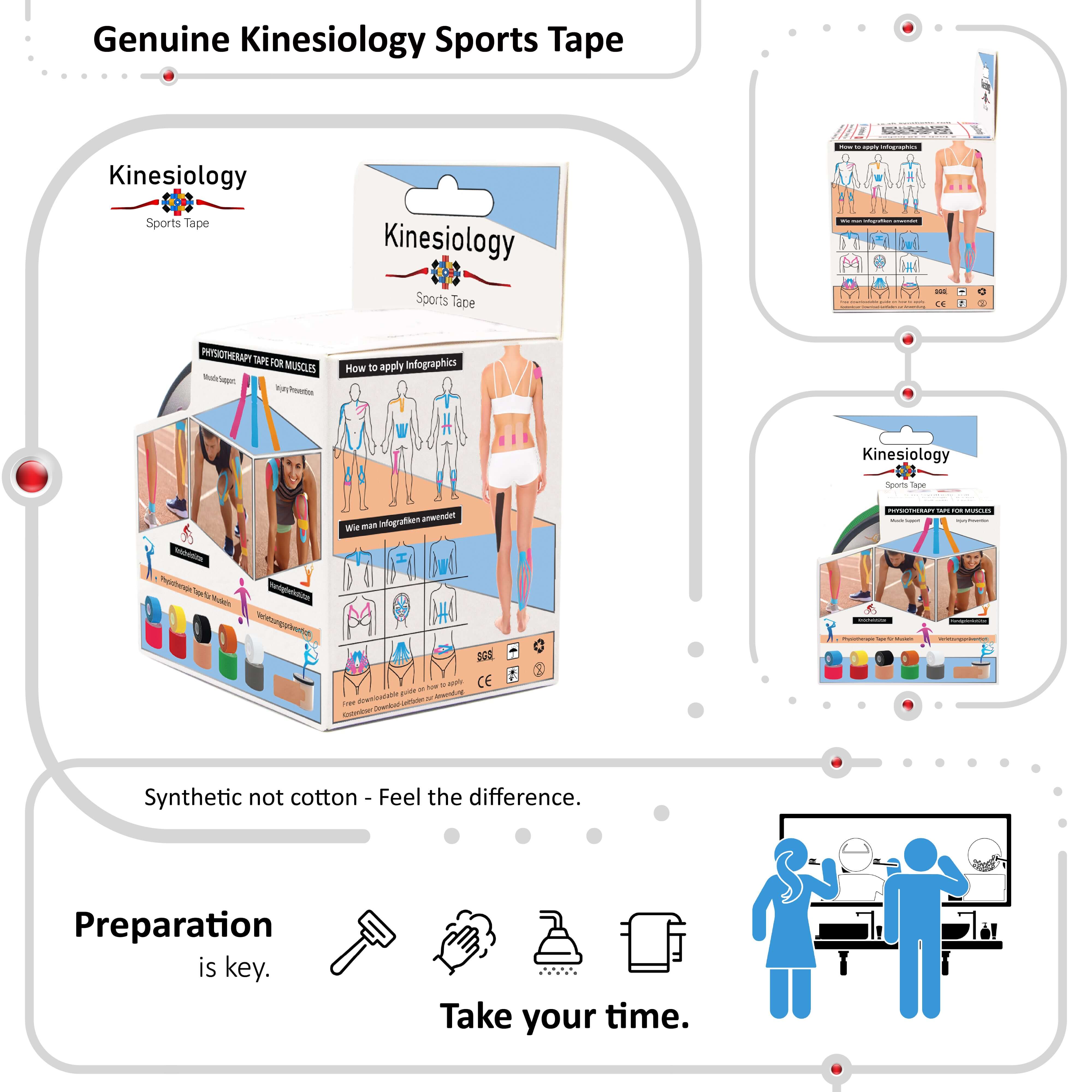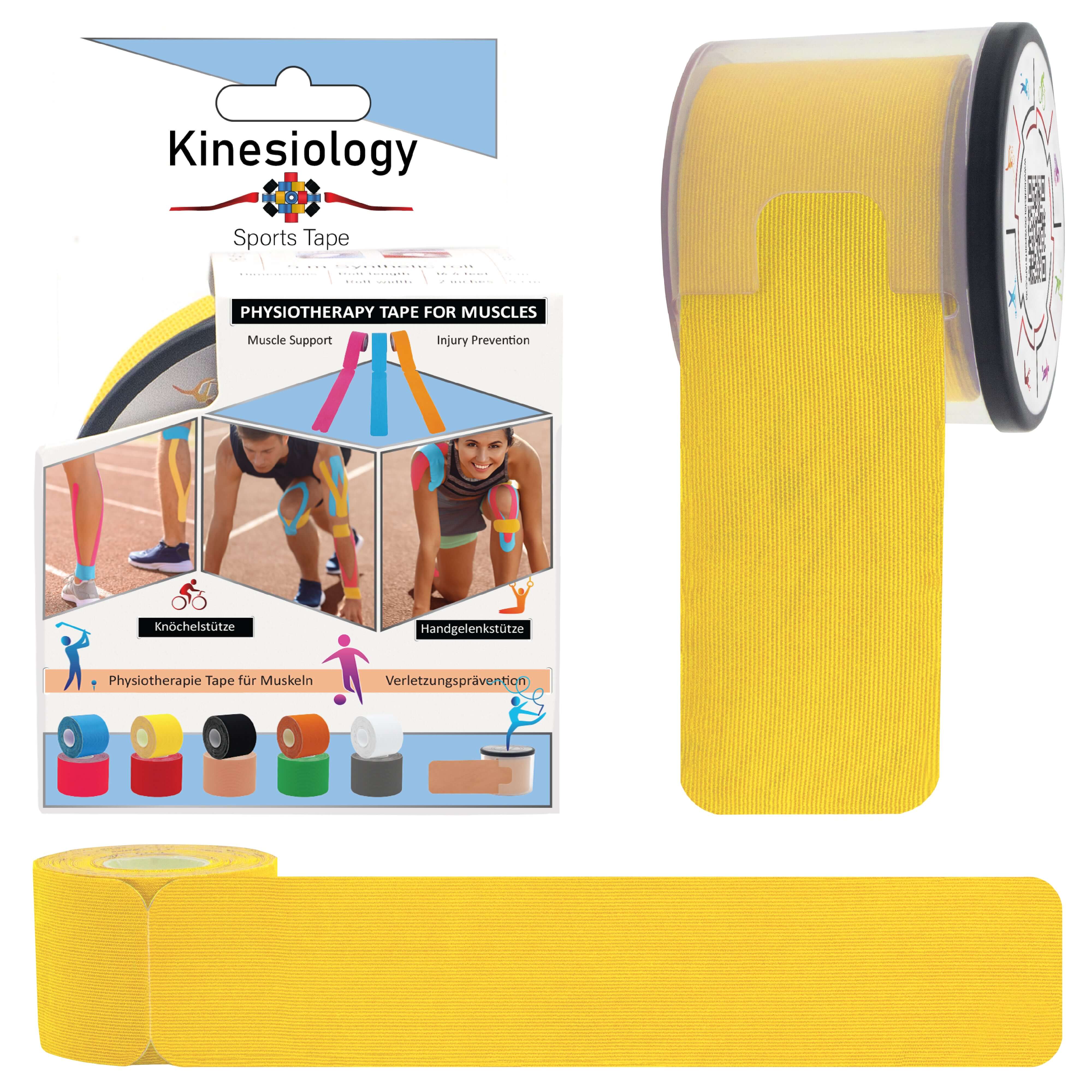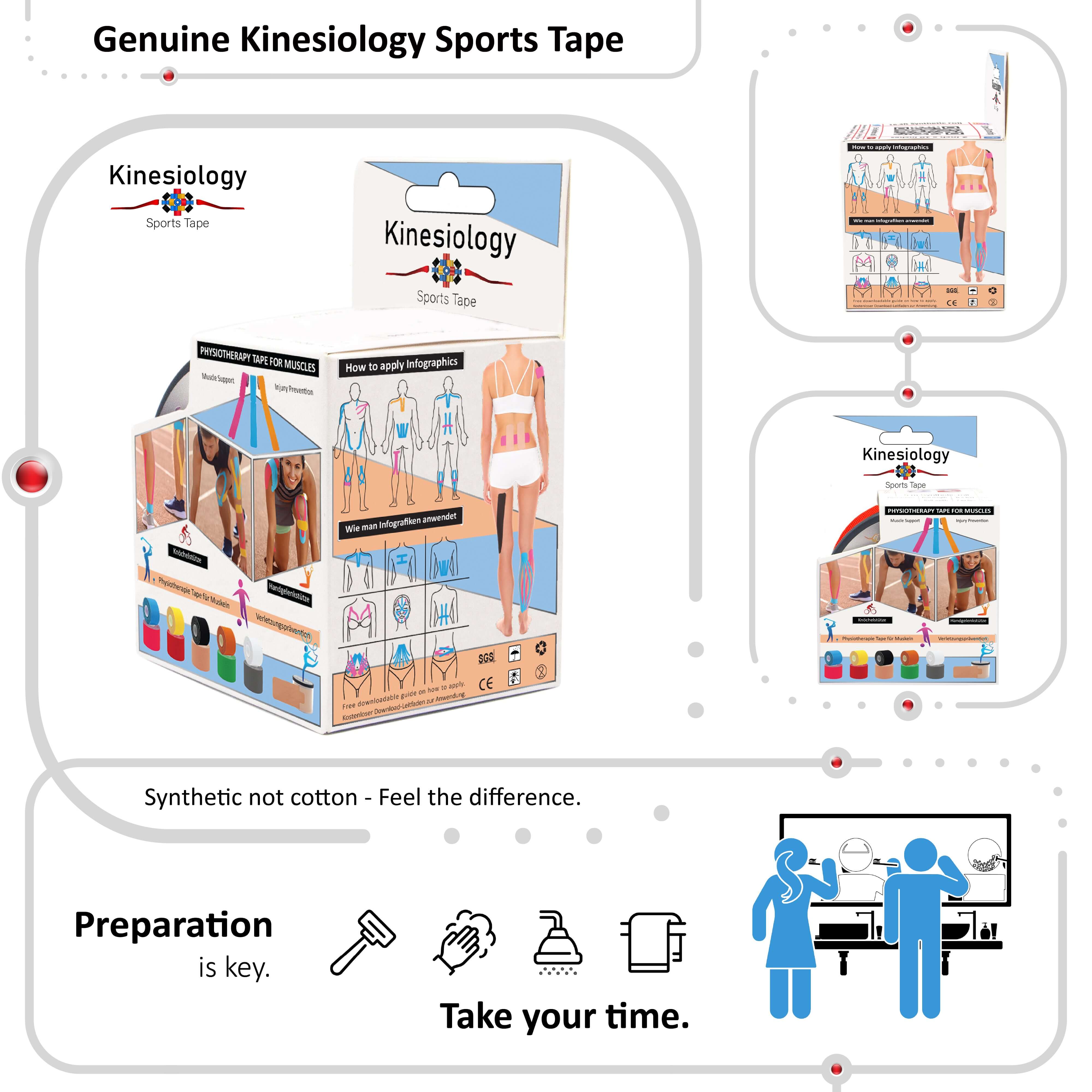
the Top 10 Injuries Kinesiology Tape Can Help Heal: A Comprehensive Guide

Kinesiology tape has emerged as a game-changer in the realm of sports medicine and rehabilitation, offering a non-invasive and versatile solution for a wide array of injuries. From sprains and strains to tendonitis and beyond, kinesiology tape has shown remarkable efficacy in promoting healing and relieving discomfort. If you're curious about the injuries that kinesiology tape can effectively address, here's a detailed exploration of the top 10 conditions:
-
Sprains and Strains: Kinesiology tape provides support and stability to injured ligaments and muscles, facilitating the healing process and reducing pain associated with sprains and strains.
-
Tendonitis: By alleviating pressure on inflamed tendons and improving blood circulation to the affected area, kinesiology tape can help manage the pain and inflammation associated with tendonitis.
-
Plantar Fasciitis: Applying kinesiology tape to the foot can help distribute pressure evenly and provide support to the plantar fascia, offering relief from the pain and discomfort of plantar fasciitis.
-
Runner's Knee (Patellofemoral Pain Syndrome): Kinesiology tape can help realign the patella and provide support to the knee joint, reducing pain and improving function in individuals suffering from runner's knee.
-
Rotator Cuff Injuries: Kinesiology tape can aid in stabilizing the shoulder joint and reducing strain on the rotator cuff muscles, promoting healing and enhancing range of motion in individuals with rotator cuff injuries.
-
Lower Back Pain: By providing structural support to the muscles and ligaments of the lower back, kinesiology tape can alleviate tension and reduce pain associated with lumbar strain or injury.
-
IT Band Syndrome: Kinesiology tape can help offload tension on the iliotibial (IT) band and promote proper alignment of the knee and hip joints, easing discomfort and promoting recovery from IT band syndrome.
-
Carpal Tunnel Syndrome: Applying kinesiology tape to the wrist and forearm can help reduce pressure on the median nerve, alleviating symptoms such as pain, numbness, and tingling associated with carpal tunnel syndrome.
-
Achilles Tendonitis: Kinesiology tape can provide support to the Achilles tendon and improve circulation to the area, aiding in the management of pain and inflammation associated with Achilles tendonitis.
-
Shin Splints: By providing support to the muscles of the lower leg and reducing stress on the tibia, kinesiology tape can help alleviate pain and discomfort associated with shin splints.
In addition to these specific injuries, kinesiology tape can also be used prophylactically to prevent injuries by providing support to vulnerable areas during physical activity. Whether you're an athlete recovering from an injury or an individual seeking relief from chronic pain, kinesiology tape offers a safe, effective, and drug-free option for managing a variety of musculoskeletal conditions.
By incorporating kinesiology tape into your treatment plan, you can expedite the healing process, reduce reliance on pain medications, and return to your favorite activities sooner. Consult with a qualified healthcare professional to determine the best approach for your specific injury and learn how kinesiology tape can help you on the path to recovery.

